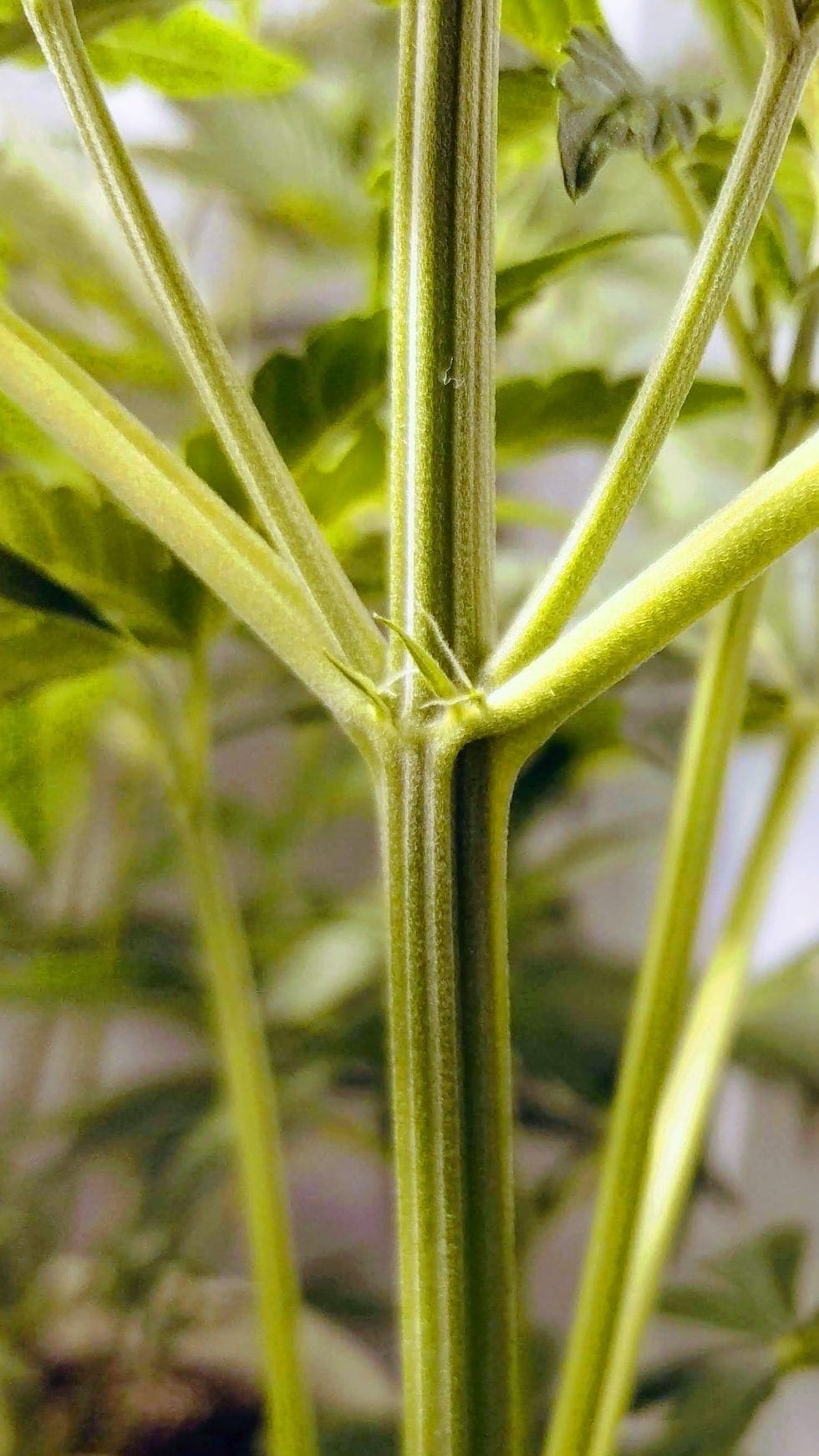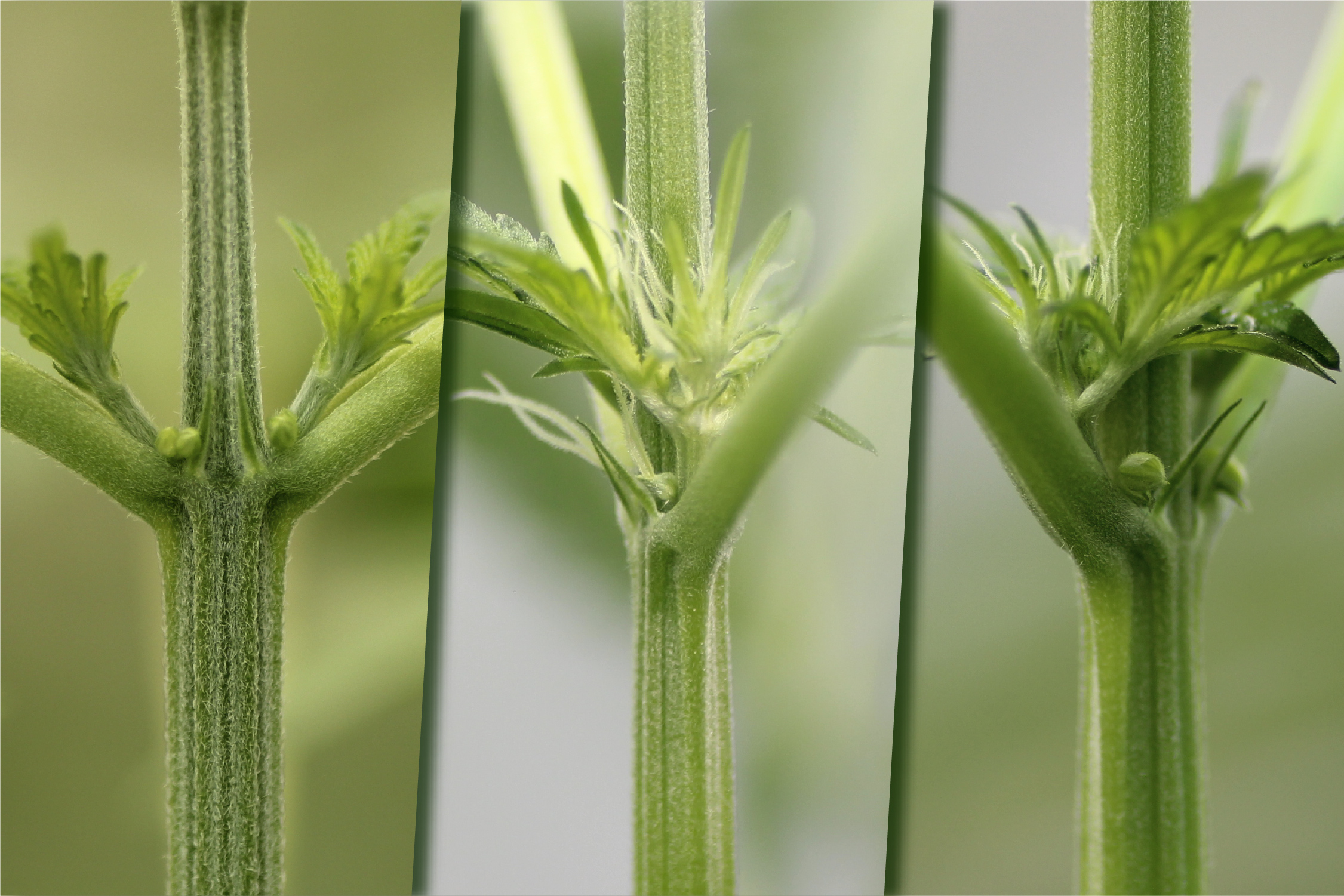
And Relative Humidity is the amount of moisture currently suspended in the air. Saturated Vapor Pressure is the maximum amount of moisture the atmosphere can hold according to it’s temperature. Vapor Pressure Deficit is the difference between the Saturated Vapor Pressure (SVP) and Relative Humidity.
#Marijuana leaf guide plus
There’s Saturated Vapor Pressure (SVP), Atmospheric Vapor Pressure Deficit (AVPD), Leaf Vapor Pressure Deficit (LVPD), plus several others not worth mentioning. Reading up on VPD you’ll see all sorts of measurements of Vapor Pressure. If this goes unchecked for too long, the plants might get attacked by molds and fungi, like powdery mildew. Moisture may build up on the leaves, and the plant will grow much more slowly. On the other end of the spectrum, if Vapor Pressure Deficit is too low the plants can’t transpire. The air is drying them out too fast! And this will cause them to exhibit symptoms that look just like nutrient deficiencies, and the plant will grow poorly. When Vapor Pressure Deficit is too high, the plants might not be able to keep up with the environmental demand upon them. But the big difference is, they do this so they can pull in more liquids through their roots to fuel photosynthesis. The process of transpiration in plants is similar to how we sweat they have stomata which are similar to our pores. Literally, the plant will die if it can’t release moisture through its stomata. You probably already know the plant uses transpiration to grow. Basically, it’s how much moisture is being sucked out of the plant by the atmosphere.

Vapor Pressure Deficit measures the amount of drying power the air has upon the plant. So if you’re ready to create the absolute best environment for your plants, read on and we’ll dive right in.

Once you understand it and apply the concepts, you’ll see your garden improve in a big way. This is a pretty cool and slightly advanced concept that can take you to the next level. The amazing thing is, adjusting for this one thing, Vapor Pressure Deficit (VPD) can create the ideal environment for your plants to thrive in. Or sometimes a cultivator sees sluggish growth, or powdery mildew, to a whole host of unanswered questions that in fact relate back to the environment! We got you covered, plus we’ll give you calculators, recommended ranges, and easy to use reference charts!Īt some point, most indoor growers run into some mysterious plant growth problems, ranging from symptoms that look like nutrient deficiencies, when the nutrients are actually perfectly balanced and fresh.

You probably already have some idea of what Vapor Pressure Deficit is, but maybe you need a simple introduction, with no formulas or math.


 0 kommentar(er)
0 kommentar(er)
